Updated on 24.08.2024
Whether you are traveling to the USA for business, pleasure, with an ESTA authorization or a visa, there are a few things to bear in mind when entering the country. To ensure that your entry into the United States does not become a lengthy procedure, we have compiled the most important information for you.
Share article:
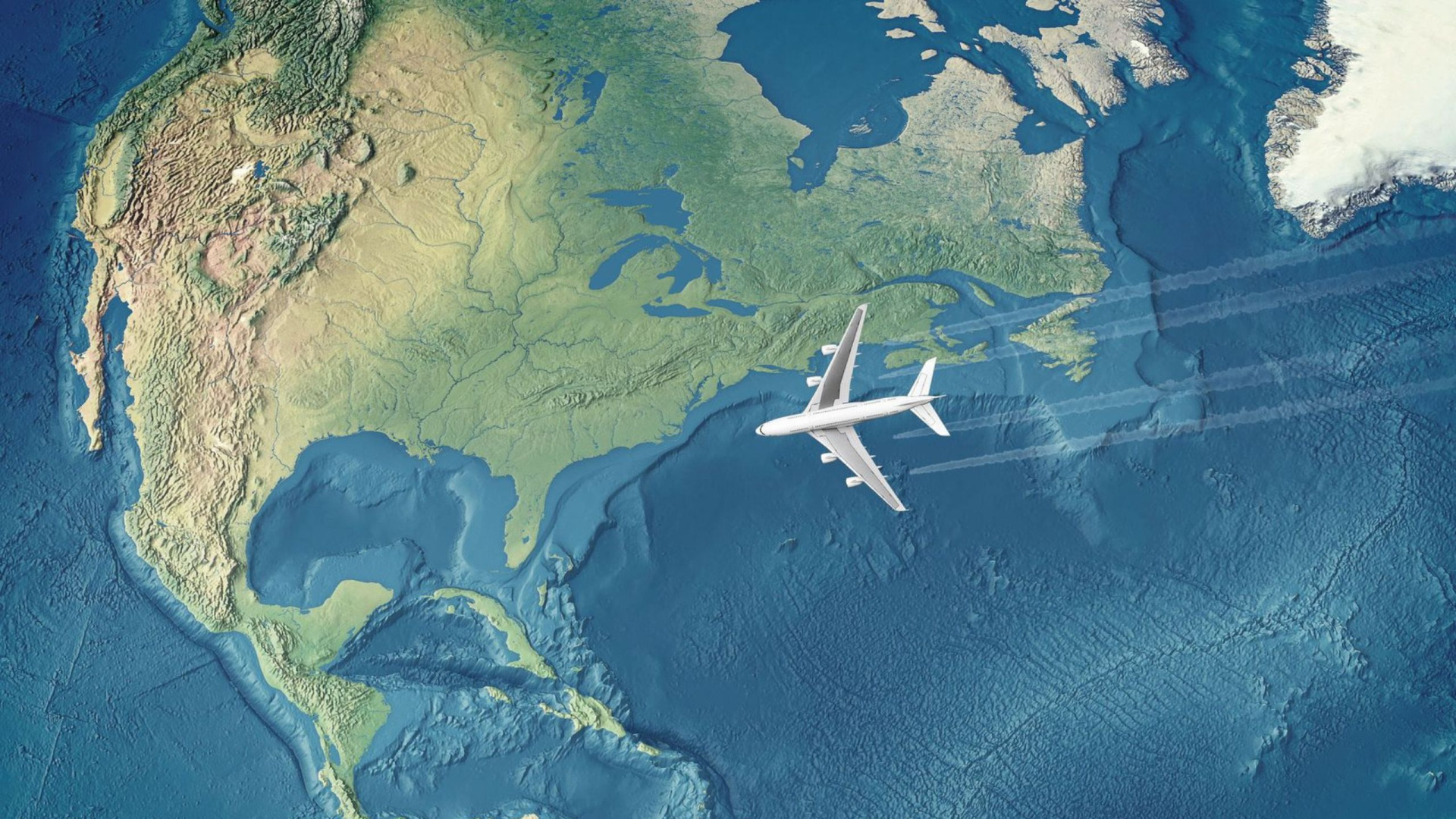
There are basically three different categories when it comes to (flight) baggage for the USA.
For safety reasons, only small quantities of liquids may be carried on board an aircraft since November 2006.
Liquids may only be transported in hand baggage in containers with a maximum capacity of 100 ml each. These must be packed in a resealable 1 liter plastic bag. Storage in cosmetic bags or similar is not permitted. One 1 liter bag is permitted per passenger.
For further information, please visit the website of the Federal Police.
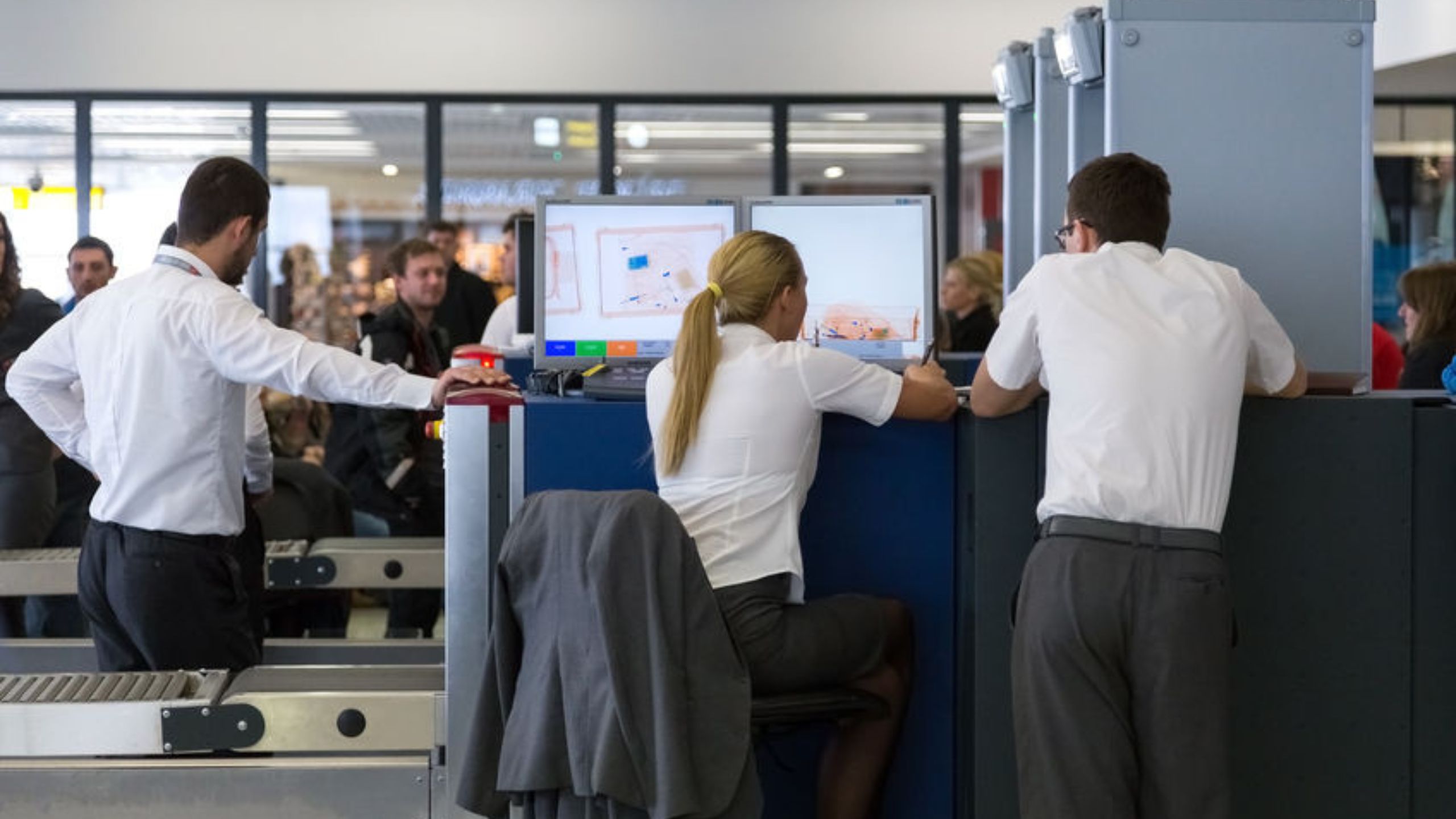
The question of whether and in what quantity medication can be brought into the USA is asked by many affected travelers. In principle, medication can be imported, but there are a few important things to consider beforehand. Below you will therefore find useful tips and advice if you are traveling to the USA with medication.
If travelers to the USA are dependent on prescription medication, the following must be taken into account:
Medication in liquid form may also be carried in a quantity that exceeds the normally permitted liquid quantity of 100 milliliter if this is necessary for the flight. Again, a confirmation from a physician is necessary. In this case, travelers should inform the security officer at check-in about the medication, as liquid medication is checked separately. The officers may ask to have the container opened.
In the United States, the U.S. Food and Drug Administration (FDA) is responsible for all regulations relating to the importation of drugs into the USA. If you are traveling to the USA with medication, you also fall under the jurisdiction of the U.S. Customs and Border Protection (CBP) and the Transportation Security Administration (TSA).

Not all prescription drugs can be imported into the United States without further ado. You can find more detailed information on the regulations and a list of which medicines may and may not be imported on the official website of the FDA or the official website of the TSA.
In the case of nonprescription medication, e.g. vitamins or other dietary supplements, care should be taken to ensure that only the quantity appropriate for the planned duration of the stay is carried. Information on nonprescription medication is also provided by the FDA on the official website.
Check in advance of your trip on the website of the US Transportation Security Administrationwhich items are permitted on entry and which are not, in order to avoid potential problems.
The FDA provides important information for traveling to the USA with medication.
We advise you on the choice of the appropriate visa category and take over the complete processing for you or your company.
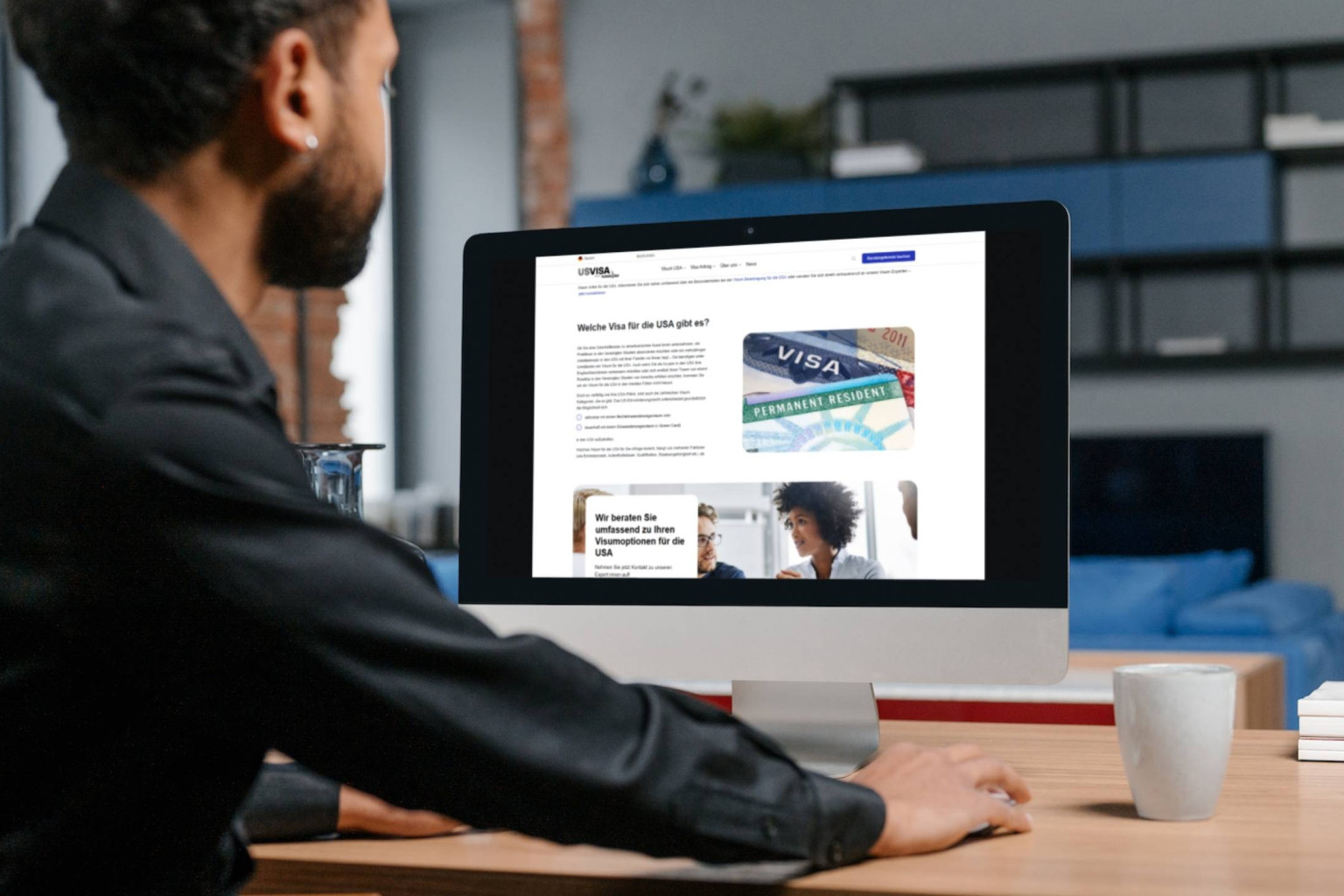
After landing on American soil for the first time - even if it is only a stopover and not your final destination airport - all passengers must pass through the border controls of the US immigration authorities (USCIS). The most important thing here is to be patient.
After leaving the plane, you will be questioned by a US immigration officer, to whom you should answer all questions in a friendly and polite manner. You will also be fingerprinted on all 10 fingers and a photo will be taken for your immigration file.
Please make sure you put your smartphone in your pocket - neither phone calls nor photography are permitted in this area.
Exception: With the Global Entry Program pre-approved travelers of certain nationalities can pass through passport control at US airports automatically and without long queues, which significantly speeds up entry into the USA.
After immigration control, the route continues to the baggage carousels. Luggage is usually collected from all passengers after immigration control, even if a connecting flight is planned. At the baggage carousel, you take your suitcases and pass through customs control. After customs control, the baggage can be returned to a collection point if you have a connecting flight, where it will be forwarded accordingly.
Before you pass customs control with your baggage, please make sure that you have already filled out the blue customs form on the plane or at the latest at immigration control. Generally, the customs form is handed out by the flight attendants on the plane around two to three hours before landing. For this purpose, you should keep a ballpoint pen in your hand luggage so that you can fill out the form conveniently on the plane. Simply hand this form in to the customs officers and then proceed to the exit or your next departure gate.
At passport control, you will be asked to go to the counter of the respective border officer. If you are traveling with family members, you can go to the counter together.
During the interview, the border officer will ask you questions about the purpose of your entry, your place of residence and the duration of your stay. For this reason, you should have the address of your first accommodation ready.
Do not answer any questions that you have not been asked – answer them briefly and precisely. Depending on who is entering the USA, with a visa or as part of visa-free entry (ESTA), travelers may be asked different questions. If you are traveling on business, the focus will be on the nature of your work in the USA and your professional situation. If you are traveling purely for tourism, the focus will be on your planned itinerary, the duration of your stay in the USA and your intention to return, etc. People entering the country on a regular US work visa, for example, should expect very few questions.
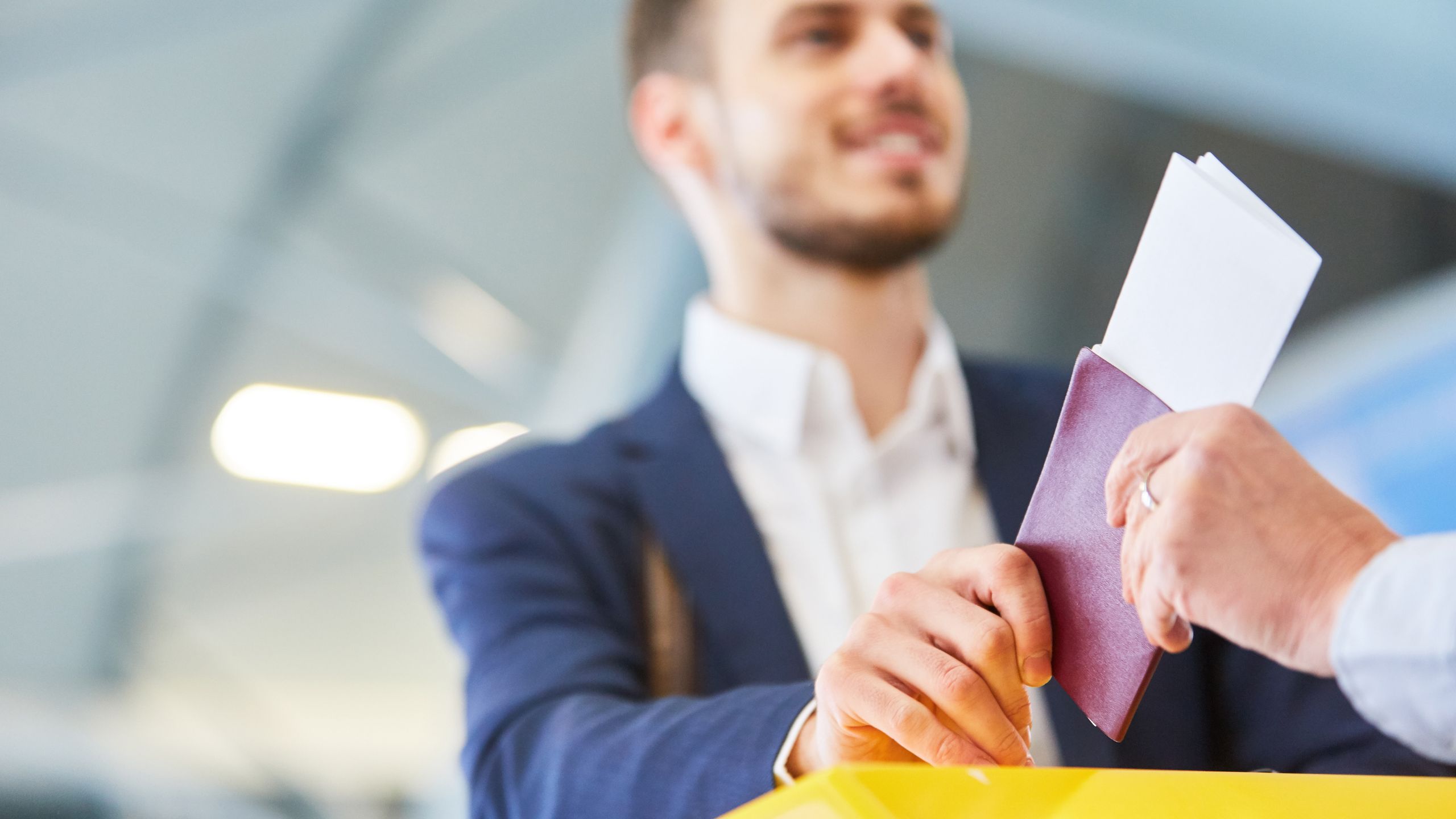
The main purpose of the interview is to clarify whether the purpose of your intended stay is permitted with the respective visa or ESTA and to rule out illegal activities or immigration intentions or to minimize the threat to the US population.
If you are unable to answer the questions specifically or to the satisfaction of the border officer, there is the possibility of more intensive questioning, the so-called secondary inspection.
Please note that an ESTA authorization and / or a US visa are no guarantee of entry. If there is a suspicion that you are not complying with the requirements, you may be refused entry.
The officer would like to know what background you are entering the country with.
Example: Visa-free stays of up to 90 days for tourism purposes are permitted for nationals of Visa Waiver Program countries. Business activities for meetings, conferences, agreements or visits to trade fairs are also possible without a visa for up to 90 days. A suitable work visa is required for work assignments or postings, a student visa is required to study abroad, etc.
At the border, you will typically be asked if this is your first visit to the USA. If not, the officer may ask when you last entered the country and for how long.
Please note that your previous entry history and periods of residence are available to the US authorities - so always answer truthfully.
The officer will inquire about the duration of your planned stay in the USA. At this point, you will often also be asked for a return ticket, especially if you are entering the USA under the Visa Waiver Program (VWP / ESTA).
If you wish to stay in the USA for longer than 90 days, please find out about the appropriate visa category well in advance of your trip to the USA.
In some cases, relatives or friends in the United States are also asked for. If you have relatives in the USA or are visiting friends, the officer will usually also ask for their address. You should therefore have this information to hand.
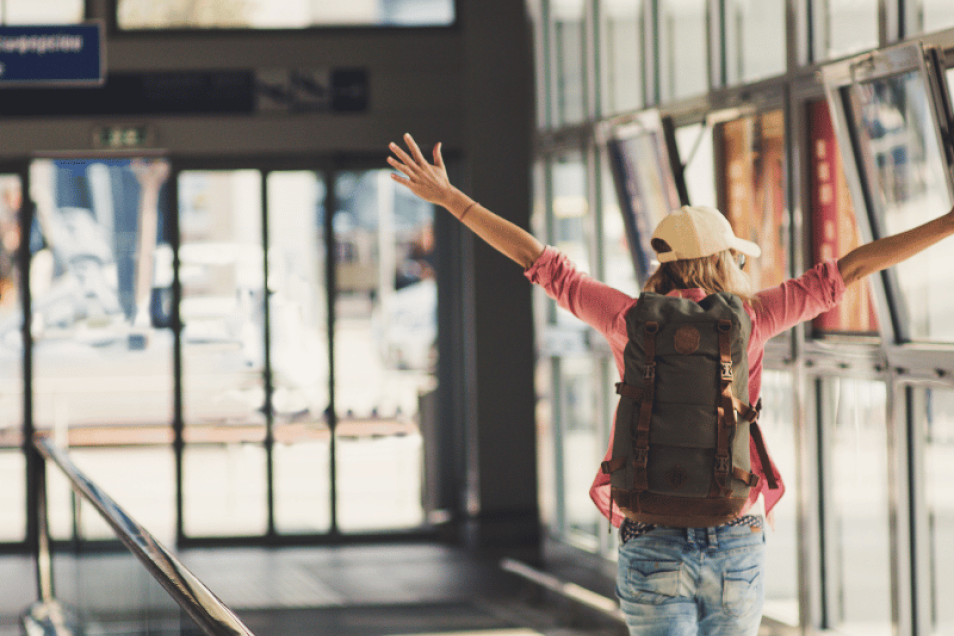
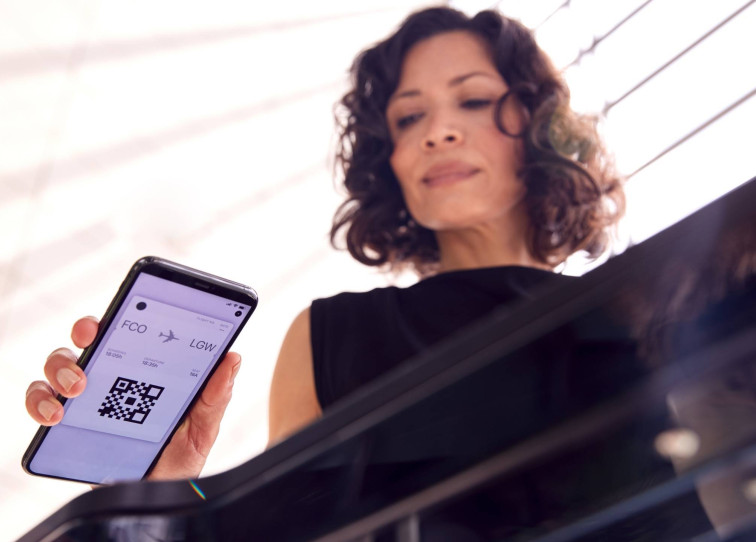
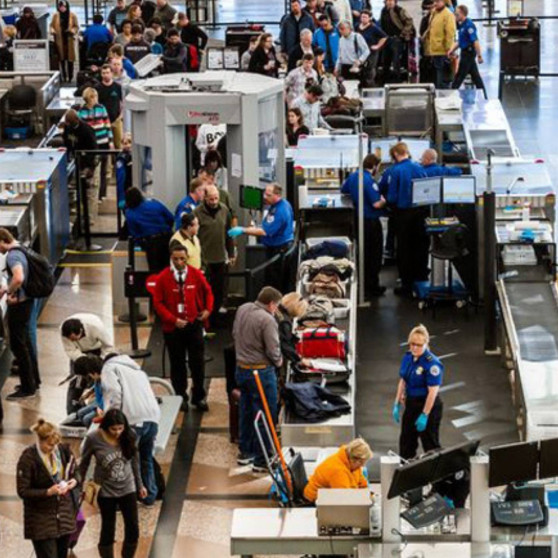
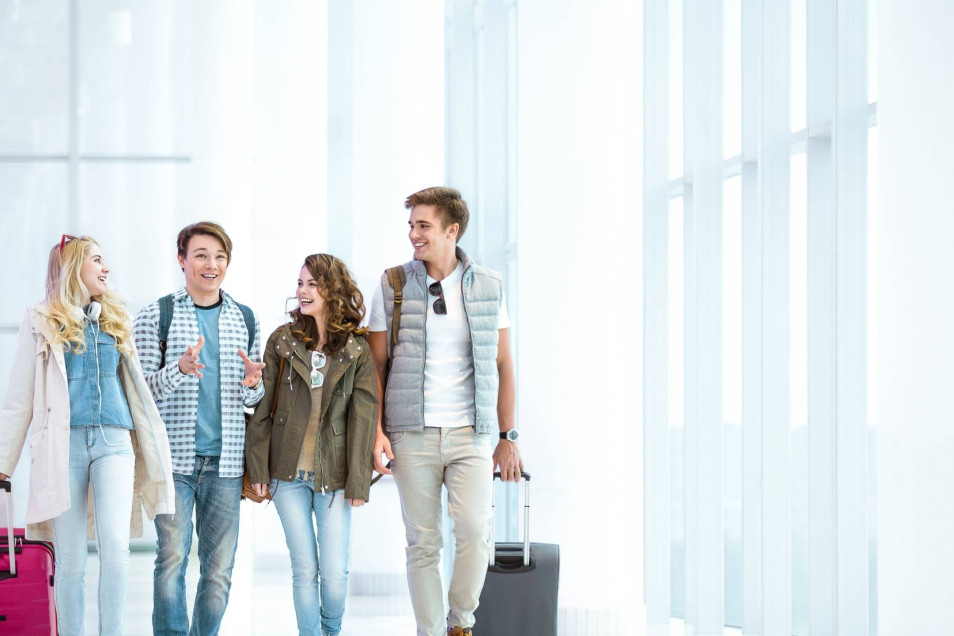
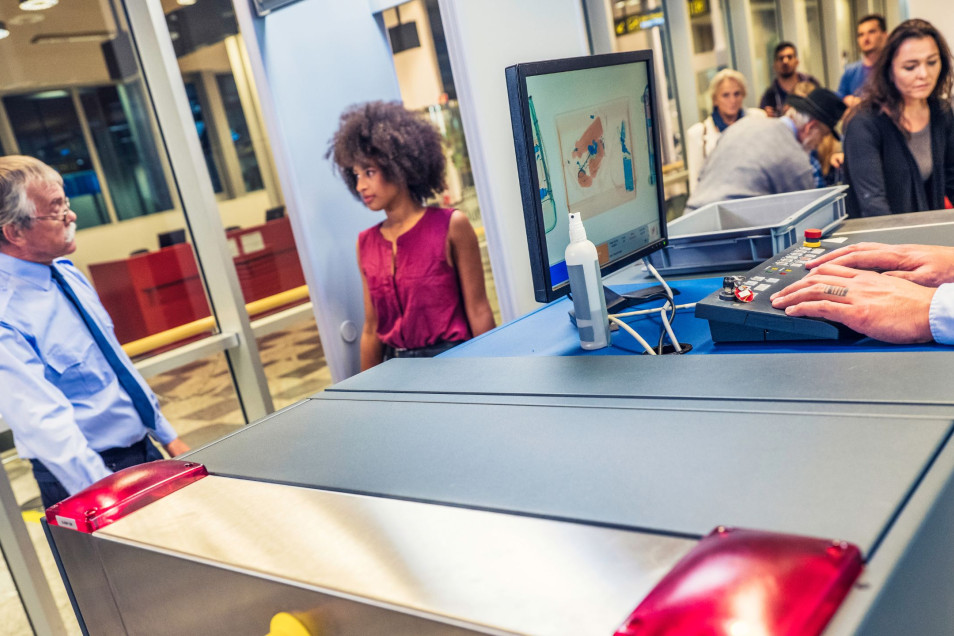
For entry into the USA and the associated border control, you should have your passport and any visa-relevant documents ready to hand in your hand luggage.
You need a biometric passport to enter the USA. Please make sure that it is still valid. Normally, passports from other countries must be valid for at least 6 months after the end of the planned stay in the United States. But there is an exception: For example German passports must only cover the duration of the planned stay in the United States ("Six-Month Club").
Please note that children's passports and temporary passports are not permitted for visa-free entry to the USA with ESTA.
If you are entering the USA with a visa, you must present the visa in your passport. Depending on the visa category, additional documents may be required at the border. For example, holders of a J-1 visa must present the DS-2019 form, while holders of an F-1 visa must present the I-20 form. L-Blanket visa holders should carry the I-129s form (original and copy) and a copy of the I-797. The Approval Notice (I-797) must also be presented for H, O or L visas, for example.
You should also be able to give the officer your first (hotel) address. It is advisable to make a written note of this in advance or, if necessary, to carry a booking confirmation from the hotel with you.
Proof of return intentions is often required, especially for visa-free entry. You must prove your intention to return to your home country with the help of a return flight ticket that you have already booked. You should have the return ticket or your "itinerary", i.e. your flight overview, ready to hand in your hand luggage both at check-in and when entering the country.
Date:
Wir und unsere Partner nutzen Cookies, um personenbezogene Daten wie z.B. Browsing-Daten zu speichern und abzurufen, um z.B. Inhalte und Werbung bereitzustellen und zu personalisieren sowie die Verwendung der Website zu analysieren und das Benutzererlebnis zu verbessern. Sie erfahren mehr über die Zwecke, für welche wir und unsere Partner Cookies einsetzen, wenn Sie unten auf den Button „Cookie Einstellungen“ klicken. Hier können sämtliche Einstellungen auch geändert werden. Nachträglich kann man jederzeit seine Cookie-Auswahl überdenken oder seine Einwilligung widerrufen, indem man auf den Link zu den Cookie-Einstellungen im Footer unserer Webseite klickt. Beachten Sie bitte, dass das Blockieren einiger Cookie-Typen unsere Möglichkeiten zur Bereitstellung von auf Ihre Interessen zugeschnittenen Inhalten haben kann oder einige Funktionen der Webseite nur eingeschränkt zur Verfügung stehen.
Durch klicken auf “Alle Cookies akzeptieren” stimmen Sie unserer Nutzung und der Weitergabe Ihrer Daten an unsere Partner zu.